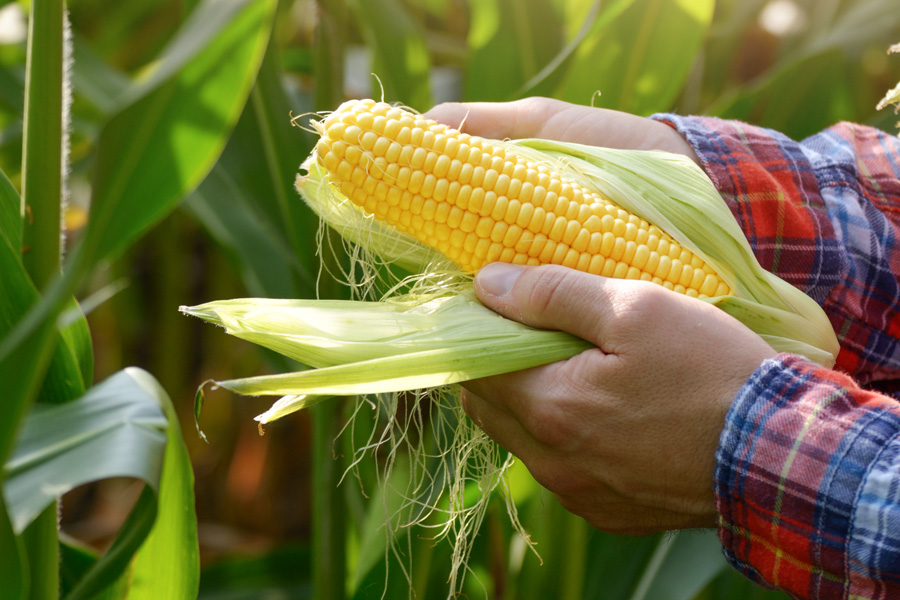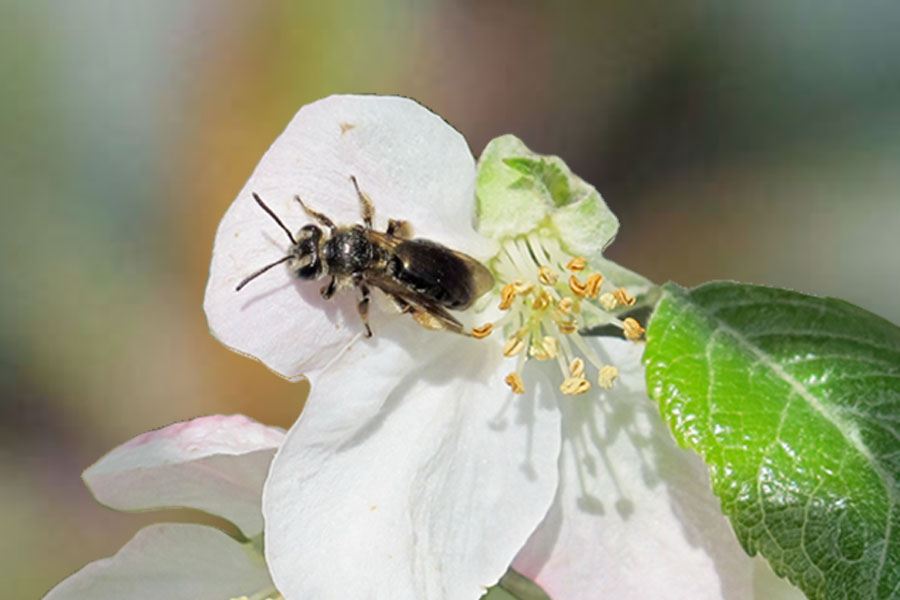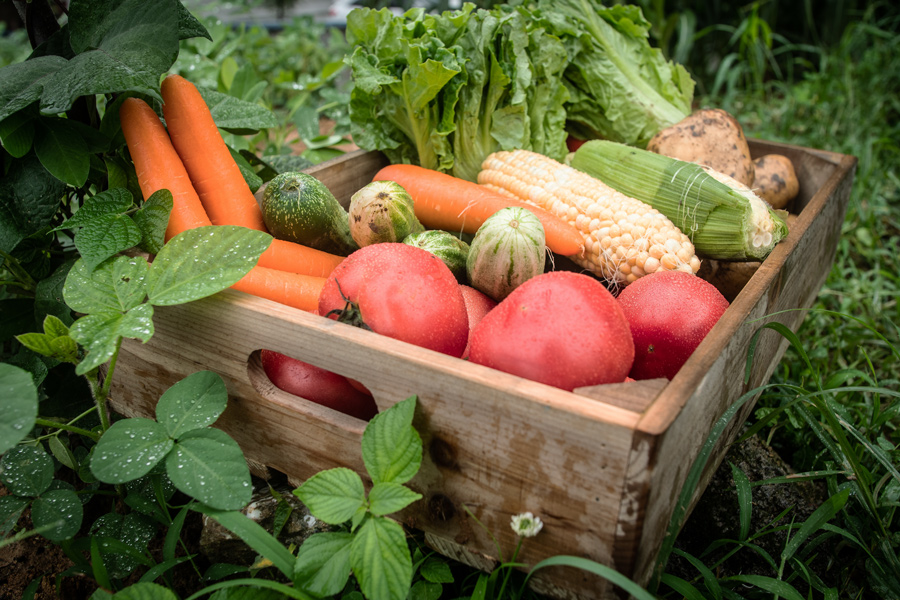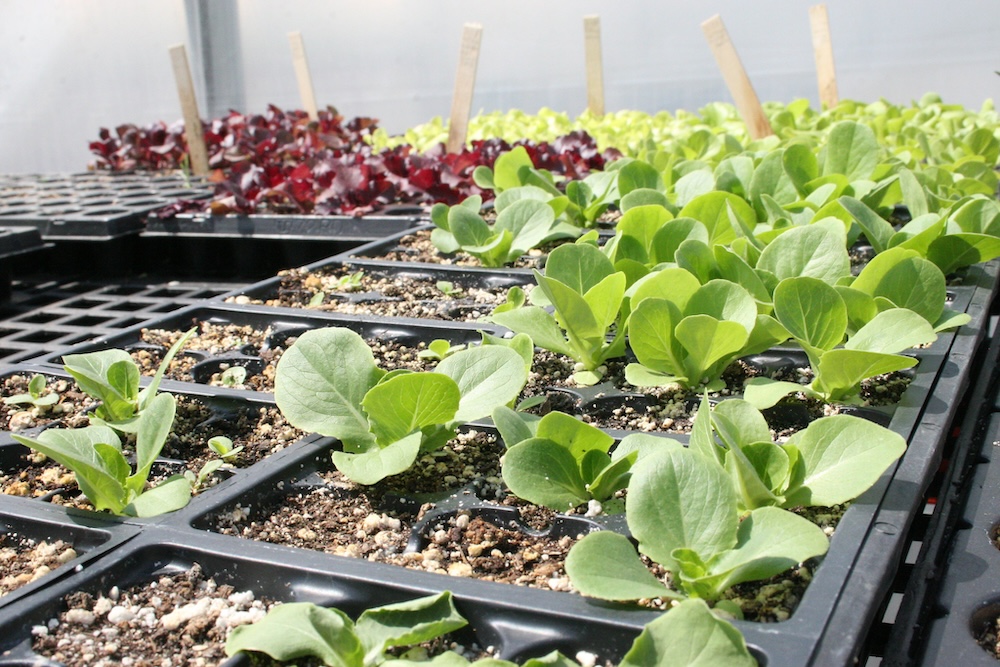Bodie V. Pennisi is professor of floriculture, Horticulture Dept., University of Georgia, bpennisi@uga.edu.
The original manuscripts for this series were co-authored by:
Paul A. Thomas, then-associate professor of floriculture, Horticulture Dept., University of Georgia;
Forrest E. Stegelin, then-associate professor of agricultural economics, Ag. Economics Dept., University of Georgia; and
Rose Mary Seymour, then-public service assistant in biological and agricultural engineering, Griffin Experiment Station, Griffin, Georgia.
Appendix A
Water Use Balance Sheet
| Month | From Municipal |
From Ground Wells |
From Storage (Ponds/Tanks) |
Total Used | Efficiency* |
| January | |||||
| February | |||||
| March | |||||
| April | |||||
| May | |||||
| June | |||||
| July | |||||
| August | |||||
| September | |||||
| October | |||||
| November | |||||
| December | |||||
| Year Total | |||||
| Example: | 8,000 | 9,500 | 12,500 | 30,000 | 58% – Excellent |
| * Efficiency is calculated by adding the water used from municipal and in-ground sources, and dividing by the total water used. Efficiency ratings are: 10% – Poor; 11-25% – Acceptible; 25-50% – Good; over 58% – Excellent. How does your monthly water efficiency rate? | |||||
Appendix B
Scouting for Leaks
No greenhouse irrigation system is watertight. After a few years fitting and underground water pipes may be damaged and/or lose their proper fit and leak. This slow and often unnoticed water loss can be costly over many years and may contribute to improper greenhouse environments, loss of water pressure and even unintentional contamination of irrigation water.
If you suspect you have a leak, you can measure the volume:
- Write down the meter reading and the time of day, to the closest minute.
- Do not use any water during the test. Usually it is best to do this when you will be away from the operation for an hour or more. Make sure devices such as evaporative coolers and ice makers are turned off.
- Read the meter again when you return and note the time of day.
- Subtract the second reading from the first. Multiply the remainder by 7.48*. This is the number of gallons that passed through most commercial meters during the test period.
* check with the meter manufacturer for the specific flow rate. - Divide the amount of water by the number of minutes in the test. For example, if 17 gallons leaked out during a 180-minutes period, you have a leak of 0.094 gallons per minute.
- Multiply the gallons per minute by 1,440 to calculate gallons per day. Multiply gallons per minute by 43,920 to calculate gallons per month. In this example, just 0.094 gallons per minute equates to over 4,128 gallons each month.
What to do if you are losing water:
Check taps, toilets and connections to spigots, lines and headers for leaks, which may be hidden. As an example for rural dwellers who have their own wells and do not pay fees, here is a typical city water charge: the fee consists of a “base charge,” determined by the size of your water meter, plus a “commodity charge” for water. The water rate is $0.8844 per unit (748 gallons). A slow leak in a nursery can be hundreds of gallons per day or one to two dollars/day. Multiply that by months and years and it can add up.
Action Plan Form
Use this action plan form to organize your ideas and to map out the activities necessary to complete your goals. Be sure to make the time frame realistic. Changes in basic resources take time. Please consult the list of references provided if you need additional information to develop this plan.
| Area of Concern |
Risk Rating |
Planned Action | Time Frame |
Estimated Cost |
|
|








